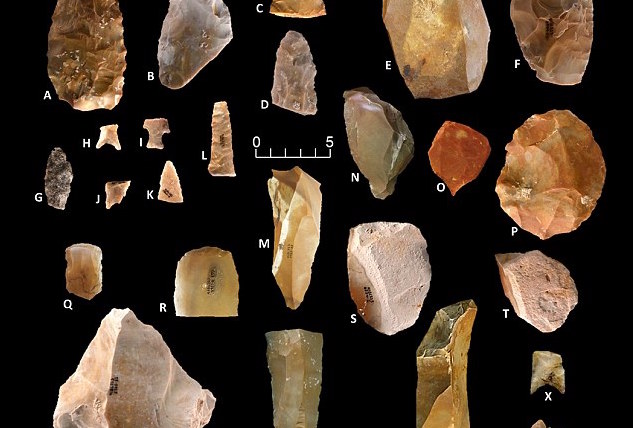
Humans arrived in North America much earlier than thought
A new archeological discovery could settle the debate of when the first humans settled in the Western Hemisphere.
American archeology has been divided on the subject of the first human hunter-gatherers to migrate to the region.
There is a wide body of evidence pointing to the Clovis people, believed to have lived in North America around 13,500 years ago.
However, stone tools dating back 20,000 years suggests that humans settled in the Western Hemisphere much earlier than previously realized.
150,000 “unique” stone tools were recently uncovered near Austin, Texas thanks to archaeologists led by Thomas Williams from Texas State University.
Williams and his research team detailed their findings in the journal Science Advances.
The tools were found on the Gault site in Texas and dated back 16,000 to 20,000 years ago with distinct points and shapes that do not match any Clovis artifacts. Optically-stimulated luminescence aging was used to date the artifacts.
“These projectile points are unique. We haven’t found anything else like them,” Williams said. “Combine that with the ages and the fact that it underlies a Clovis component and the Gault site provides a fantastic opportunity to study the earliest human occupants in the Americas.”
Clovis artifacts were previously found on the Gault Site but upon digging deeper the researchers discovered older tools which they called the “Gault Assemblage.”
The tools shed new light on the earliest hunter-gatherers in the Western Hemispheres and provide a better timeline for the presence of humans in North America.
—
By Kay Vandette, Earth.com Staff Writer
Image Credit: Science Advances, Gault School of Archaeological Research













